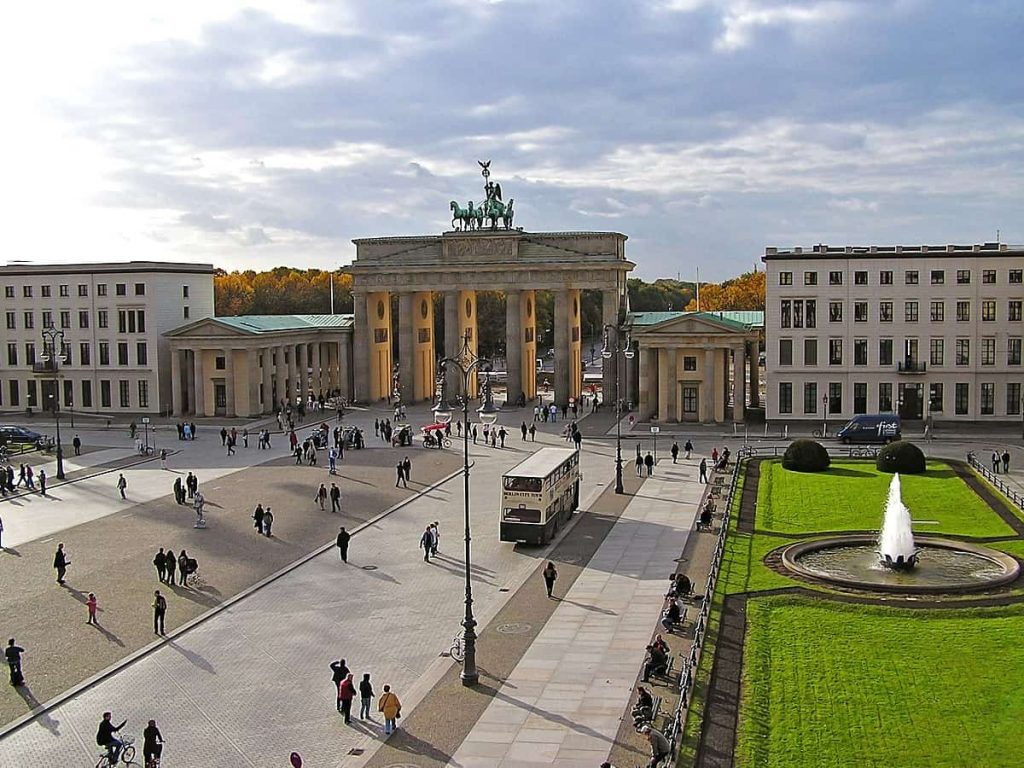Berlin is the capital and biggest city in Germany. With a population of approximately 3.7 million inhabitants, it’s also the most populous city in the European Union when calculated within the city proper.
The city was built on the banks of the River Spree and has been an important commercial hub since the Middle Ages. It has been the capital of various important kingdoms and republics in Germany ever since.
It’s home to some of the most amazing and best-recognizable landmarks in Europe, and in this article, you’ll discover some of the most famous buildings in Berlin.
1. Reichstag Building
The Reichstag Building is one of the main landmarks in Berlin and was built in the 19th century to house the Imperial Diet of the German Empire.
It was completed in 1894 and served its original purpose until 1933, which is the year that the Nazis rose to power.
This was also the year the building was burned and severely damaged, allegedly by a young Dutch communist.
He was charged and ended up being executed. After World War II, the building fell into disuse until the reunification of Germany in 1990.
It was renovated and has been used since 1999 as the meeting place of the German Parliament, also referred to as the “Bundestag.”
One of its most remarkable features is the amazing dome made of glass. This allows visitors to look directly down at the meetings of the government.
This was built to emphasize the difference between the current German government and the governments of its dark past.
Official website: Visit the Bundestag

2. Brandenburg Gate
The Brandenburg Gate is one of the most iconic landmarks in Berlin and one of the most famous arches in the world.
This neoclassical monument was built in the 18th century on the orders of King Frederick William II of Prussia. It was completed between 1788 and 1791.
It’s built on the location of a former entrance gate of the city which led to a town called Brandenburg an der Havel.
Right now it’s one of the main symbols of the city of Berlin and Germany in general and its location in the city center is often used for major historical events.
Official website: Brandenburg Gate
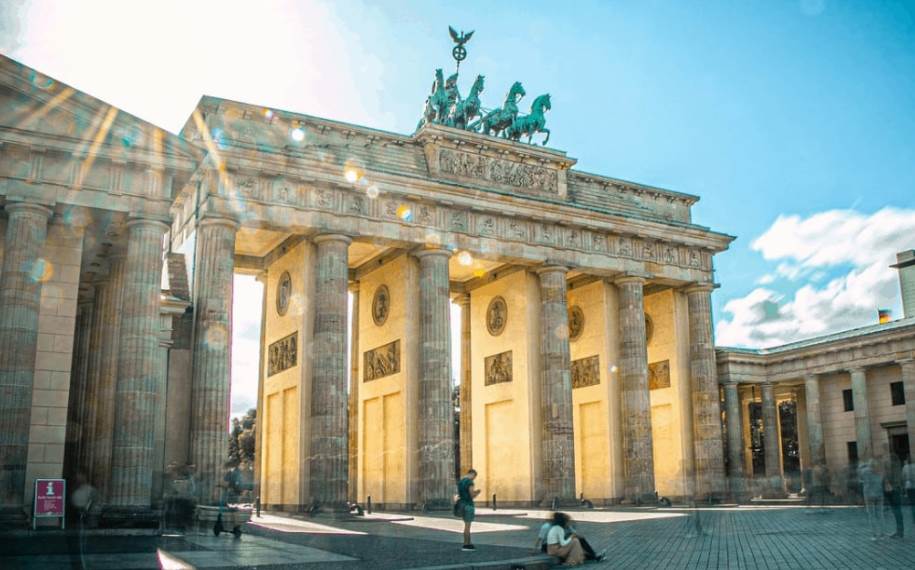
3. Berlin Wall
The Berlin Wall is one of the reminders of the city’s past, as it used to divide the western and eastern sides of Berlin from 1961 to 1989.
The wall included guard towers and it was impossible to freely travel from east to west Berlin without a legitimate reason.
It’s estimated that about 5,000 people managed to escape from East Berlin to the west, and approximately 200 people died attempting to do so.
The wall was torn down in 1989, and right now, various monuments related to these tragic events and reminders of the Berlin Wall can be found in multiple spots in the city of Berlin.
Official website: Berlin Wall

4. Checkpoint Charlie
Checkpoint Charlie is the name that was given to the most famous of all crossing between East and West Berlin.
It’s located right in the center of the city and it became the ultimate symbol of the madness that the Berlin Wall had created during the Cold War.
Right after the Berlin Wall was completed in 1961, it briefly looked as if a new war was going to unfold as American and Russian tanks faced each other at Checkpoint Charlie.
Luckily, nothing happened and after the Fall of the Berlin Wall, Checkpoint Charlie became another reminder of the city’s past and became a tourist attraction that houses a museum.
Official website: Wall Museum

5. Berliner Fernsehturm
The Berliner Fernsehturm is one of the most famous towers in Europe and was constructed by the government of East Germany between 1965 and 1969.
It was intended to demonstrate the power of the Communist Party and has since become a symbol of the city of Berlin.
The tower stands 368.03 meters (1,207.45 feet) tall which makes it the tallest structure in Germany and the third-tallest structure in the European Union.
It has an observation deck that you can visit at a height of about 203 meters (660 feet) which provides amazing views over the city of Berlin.
Official website: TV Turm

6. Berlin Cathedral
The Berlin Cathedral is a large Protestant Church that was constructed between 1894 and 1905 on the orders of German Emperor William II.
It’s the largest Protestant Church in Germany and was constructed in the Renaissance and Baroque Revival Styles.
One of the most remarkable facts about the Berlin Cathedral is that it’s not just used for church services but also serves as a venue for other events such as state ceremonies and even concerts.
The church was damaged during World War II and a restoration project was completed in 2002.
Official website: Berliner Dom
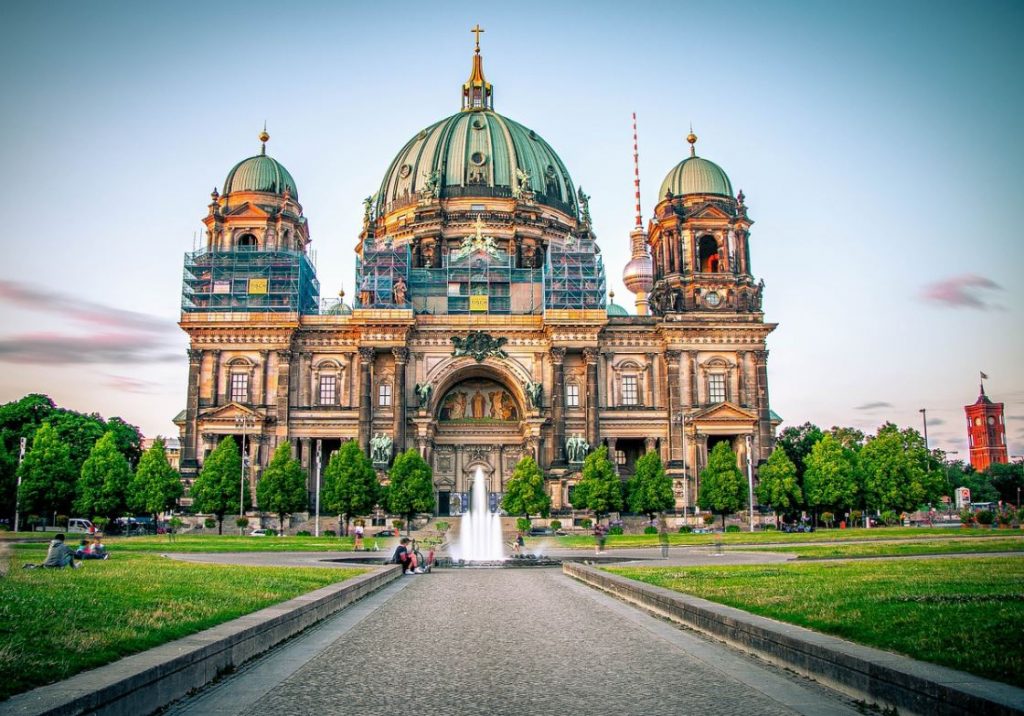
7. Charlottenburg Palace
Charlottenburg Palace is an amazing palace located in the Charlottenburg-Wilmersdorf district of Berlin, just west of the historical city center.
It was built between 1695 and 1713 and greatly expanded during the 17th century.
The palace was designed in the Baroque style and includes extremely lavish Baroque interior decorations.
The palace also has an amazing garden which is surrounded by woodlands. It was badly damaged during World War II but has been completely renovated and is now a popular tourist attraction in Berlin.
Official website: Charlottenburg Palace
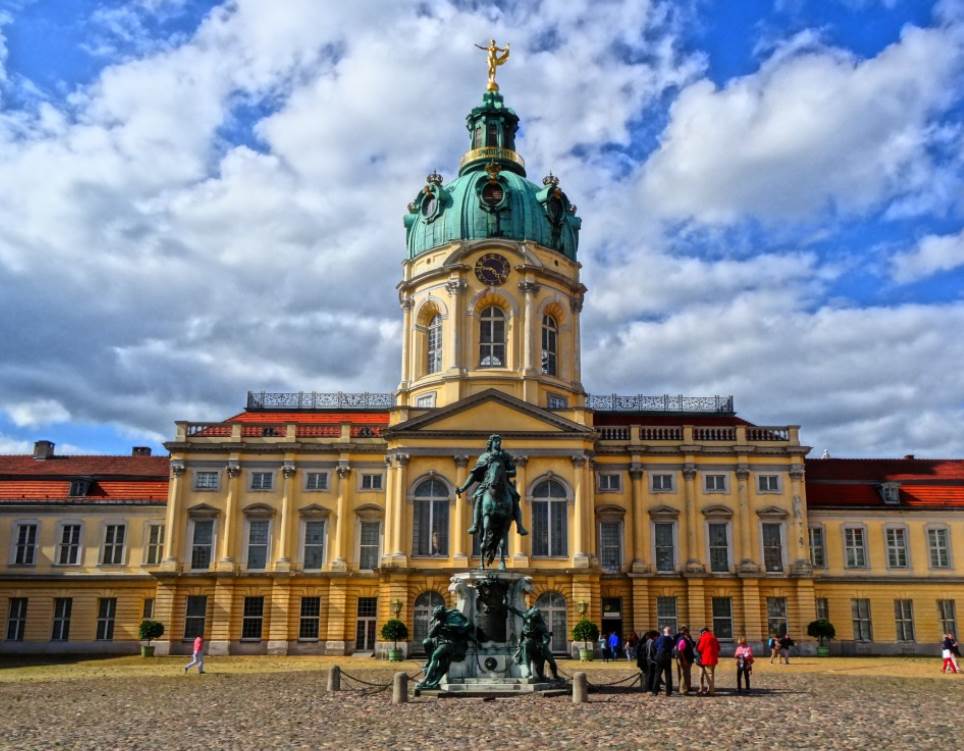
8. Potsdamer Platz
The Potsdamer Platz is one of the most important public squares in Berlin and is located right in the historical city center, about 1 kilometer (0.6 miles) to the south of the Brandenburg Gate and the Reichstag Building.
The famous square was named after the city of Potsdam which is located about 25 kilometers (16 miles) to the southwest of the city of Berlin.
It marks the spot that the main road from Potsdam arrived in the city, similar to how the Brandenburg Gate was named after the town Brandenburg an der Havel.
The square was destroyed during World War II and left abandoned during the entirety of the Cold War.
It is now the site of major developments and breaths the new spirit of Berlin after the German Reunification in the early 1990s!
Official website: Potsdamer Platz
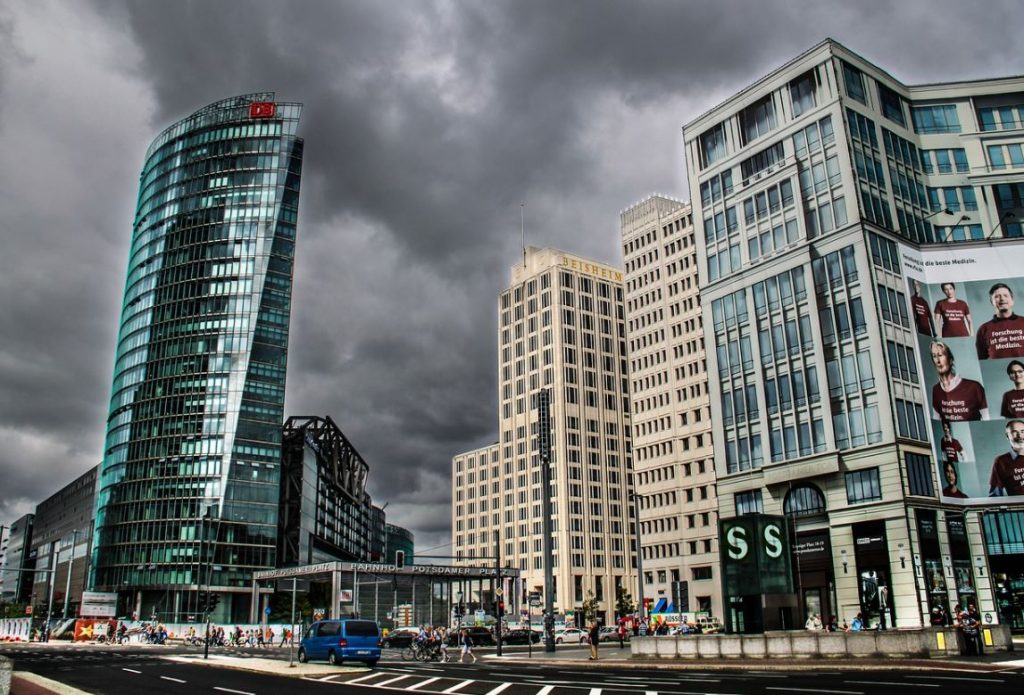
9. Berlin Wall Memorial
The Berlin Wall Memorial was completed in the year 1998 and serves as a permanent reminder of the devastating period in the history of the city.
It was built to commemorate the history of the Berlin Wall and the people that lost their lives trying to cross it between 1961 and 1989, making it one of the most memorable landmarks in Berlin.
The memorial is located in the heart of the city just a few kilometers to the north of Checkpoint Charlie and the Brandenburg Gate.
It features an original part of the Berlin Wall which is about 60 meters long (200 feet), an observation tower, a chapel, and an education center.
Here you can learn everything about the entire history of Berlin and its infamous Wall.
Official website: Berlin Wall Memorial
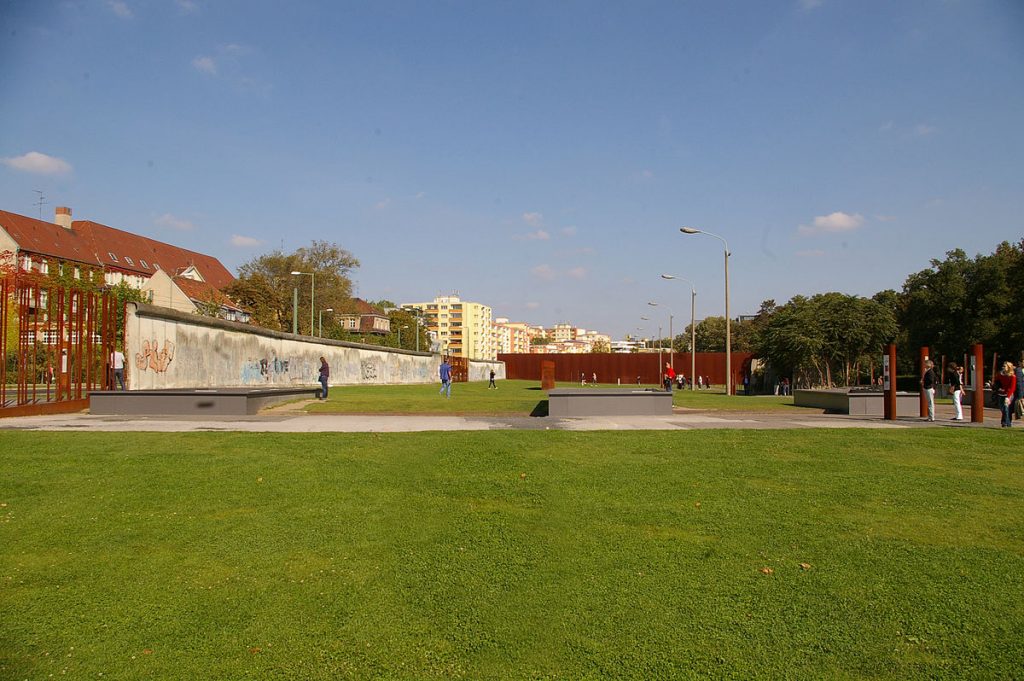
10. Pariser Platz
The Pariser Platz is arguably the most famous square in all of Berlin, mainly because it’s flanked by one of the most famous landmarks in the city, the Brandenburg Gate.
It’s also located at the end of the most famous avenue in the city called “Unter den Linden.”
This street can easily be called the Champs-Élysées of Berlin as it runs all across the historical center of the city.
Just like the Potsdamer Platz, the square was destroyed at the end of World War II and has been restored to its original glory since the 1990s.
This magnificent square was named for the victory of the anti-Napoleon Allies at the Battle of Paris in 1814.
It has been one of the most important places in Berlin ever since and is flanked by multiple important structures, including the American and French Embassies.
Official website: Pariser Platz
